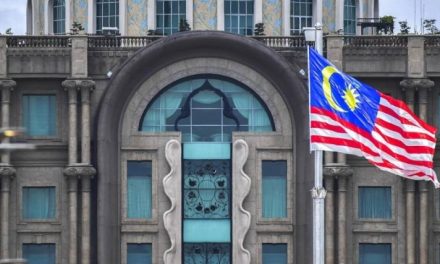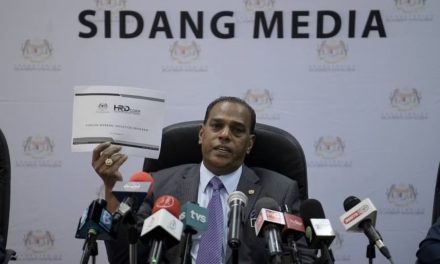PETALING JAYA | Managers, including the younger ones, are the main perpetrators of workplace bullying, according to the Malaysian Institute of Human Resources (MIHR).
Its president, Simon Benjamin, said these bullies include younger women who have managed to climb the proverbial corporate ladder fairly quickly.
“In some cases, they may even bully their older colleagues, men or women,” he told FMT Business.
Simon explained that the most common form of bullying is verbal, but non-verbal actions such as ignoring a subordinate as well as cyber bullying are also common in the manufacturing and services sectors.
“These sectors are where managers would ‘push the button’ of the subordinates,” he said.
He said workplace bullying is a form of harassment that must be properly and seriously addressed.
“In many instances, the victims are either unsure of what to do, or worse, do not realise that they are being bullied,” he said.
Simon said that with more women entering the workforce and younger people taking on managerial roles, many of the younger people have become perpetrators, and their older colleagues the victims.
A recent research revealed that if workplace bullying goes unnoticed or is ignored, the victim can potentially be driven to suicide.
The research also showed that those who witnessed workplace bullying generally experienced a demoralising effect.
Simon, who said he had personally witnessed a young CEO berate an employee, pointed out that these young executives “simply lack life experiences”.
Although verbal abuse is not punishable by law in Malaysia, threats of inflicting physical injury or property damage are against the law.
He said an ideal way to solve the problem is to get a retired CEO with a wealth of experience to coach a newly minted chief executive. “This will help them become better leaders.”
MIHR has introduced a programme to provide counselling services to victims of workplace bullying.
Its 4,000 members have attended courses on counselling and psychology and are able to offer advice to the victims.
He said rather than executives and managers, most of those who have sought advice from MIHR are CEOs.
He said employees could help each other by having a “buddy” who can also act as a whistleblower in the event that one of them is victimised.
“The victim should submit a complaint in writing to the human resource department or even directly to the CEO, if necessary,” Simon said.
He said victims could otherwise seek help from the human resource ministry.
Here, a formal complaint will bring about an investigation which can be conducted under the Employment Act 1955, Industrial Relations Act 1967 or Occupational Safety and Health Act 1994.
Furthermore, a victim may choose to institute a civil action suit against his or her perpetrator(s) by submitting a police report so that an investigation can be conducted under Section 358 of the Penal Code, which provides a jail term of up to a month, a fine of up to RM400, or both.









